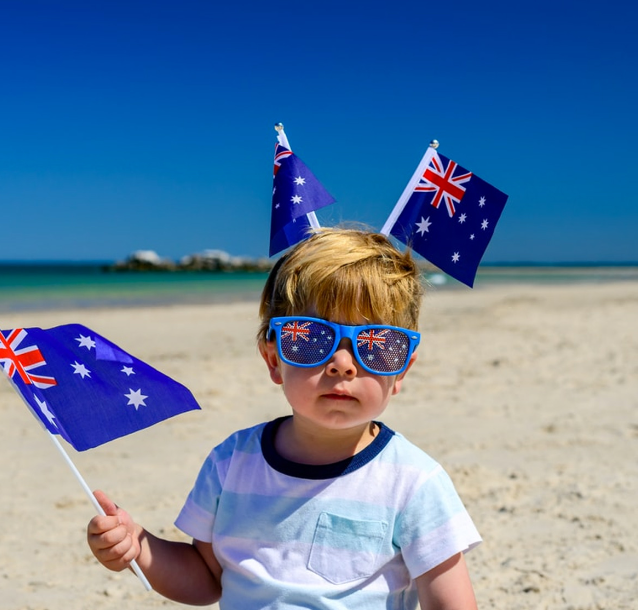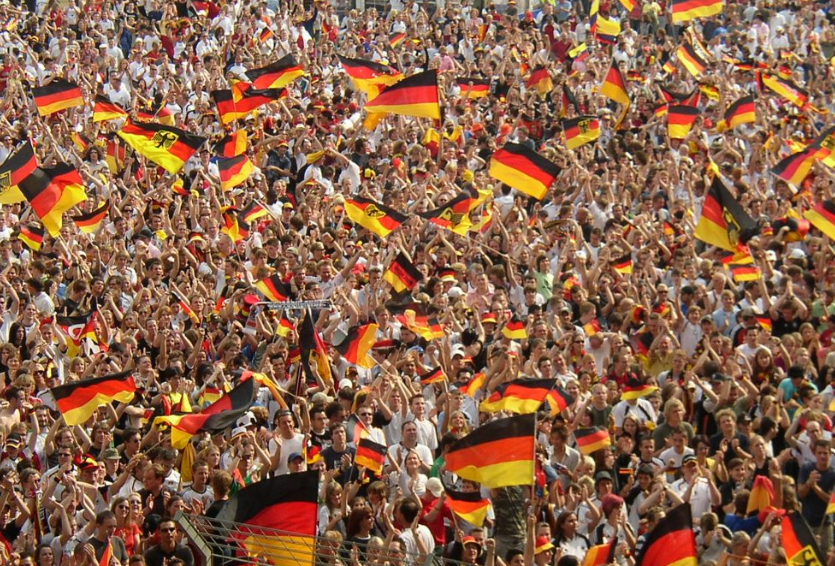The island nation of Dominica is not just a paradise for its stunning natural beauty; it’s also a hub of culture and festivities. Among the many vibrant celebrations that take place here, the Dominica National Festival, better known as the Carnival, stands out as a true spectacle of joy and tradition. In this article, we’ll dive into the heart of this extraordinary event, exploring its history, significance, and the unique experiences it offers.
The Dominica National Festival, commonly referred to as the Carnival, is an annual celebration that beckons locals and tourists alike to revel in the island’s rich cultural heritage. With vibrant parades, rhythmic music, and flamboyant costumes, this festival is a true feast for the senses.
A Glimpse into Dominica’s Cultural Riches
Dominica is often called the “Nature Island of the Caribbean,” but it’s not just nature that makes this place special. The island’s diverse cultural tapestry is woven into the very fabric of its society. The Carnival is a vibrant testament to this cultural richness.
The Roots of Dominica National Festival
The origins of the Dominica National Festival can be traced back to the 18th century when enslaved Africans and French planters celebrated their pre-Lenten season with music, dance, and costumes. Over time, this celebration evolved into the modern Carnival we know today.
Dominica National Festival: Preparations and Countdown
The excitement builds for months leading up to the Carnival. The island buzzes with activity as participants and spectators prepare for the festivities. Costume designers, musicians, and choreographers work tirelessly to ensure that everything is perfect for the big day.
Kiddies Carnival: A Family Affair
The Carnival isn’t just for adults; it’s a family affair. The Kiddies Carnival, held a few days before the main event, allows children to participate in the fun. Youngsters don colorful costumes and parade through the streets, spreading smiles and joy.
Calypso and Soca Music: The Carnival Beat
Music is the heartbeat of the Carnival. Calypso and Soca music fill the air, setting the stage for dancing and merrymaking. Local artists and bands compete for the coveted title of Calypso Monarch, adding an extra layer of excitement.
Masquerade Bands: A Riot of Colors
One of the most eye-catching aspects of the Carnival is the Masquerade Bands. Participants don elaborate costumes, often adorned with feathers, sequins, and beads. These colorful ensembles create a visual spectacle that’s hard to forget.
J’ouvert Morning: Paint the Town Red (and Blue)
The Carnival kicks off with J’ouvert Morning, a pre-dawn celebration where revelers cover themselves in paint, mud, or even chocolate. This messy tradition is all about letting loose and embracing the freedom of expression.
The Grand Carnival Parade
The highlight of the Carnival is the Grand Parade, where elaborately decorated floats, dancers, and musicians wind their way through the streets of the capital, Roseau. Thousands line the streets to witness this grand spectacle.
Food, Flavor, and Festivity
Carnival is not just a visual and auditory feast; it’s a culinary delight as well. Food stalls offer a wide array of local dishes and tropical drinks, tantalizing taste buds with the flavors of Dominica.
Tribal Dance and Traditions
Throughout the Carnival, you’ll witness tribal dance performances and traditional rituals that have been passed down through generations. These cultural expressions provide a deeper insight into Dominica’s heritage.
Carnival Queen Pageant: Beauty and Grace
The Carnival Queen Pageant is an elegant affair that crowns a young woman as the Carnival Queen. Contestants showcase their talents, intelligence, and grace, embodying the spirit of the festival.
Carnival Monday and Tuesday: The Climax
Carnival Monday and Tuesday are the climax of the festivities. These two days are filled with non-stop revelry, as costumed revelers flood the streets, dancing and celebrating with unbridled enthusiasm.
Post-Carnival Reflections
As the Carnival comes to an end, the island takes a collective breath and reflects on the joyous moments shared. It’s a time for gratitude and anticipation for the next year’s celebration.
Conclusion
The Dominica National Festival, the Carnival, is an extraordinary celebration of culture, music, and tradition. It’s a testament to the island’s vibrant heritage and the warmth of its people. If you’re looking for an unforgettable experience that combines nature’s beauty with cultural richness, make sure to put the Dominica National Festival on your bucket list.
Dominica National Festival: FAQs
- What are the dates of the Dominica National Festival?
The Carnival typically takes place in February, with the main events happening on Carnival Monday and Tuesday.
- Can tourists participate in the Carnival?
Absolutely! Tourists are welcome to join the festivities, and many choose to do so by donning costumes and dancing alongside the locals.
- Is Dominica National Festival family-friendly?
Yes, it is. The Kiddies Carnival and the overall atmosphere of joy make it a great event for families.
- What should I wear to the Carnival?
Comfortable clothing and shoes are a must, and many participants opt for colorful costumes to fully embrace the spirit of the Carnival.
- Are there any safety measures in place during the Carnival?
Yes, the local authorities ensure security and safety during the Carnival, making it a fun and secure event for everyone.
References
- Dominica Festivals. Discover Dominica Authority. https://discoverdominica.com/en/events/dominica-festivals
- Carnival in Dominica: A celebration of color and culture. Caribbean & Co. https://www.caribbeanandco.com/carnival-dominica-celebration-color-culture/
- Dominica Carnival – The Nature Island. Dominica Weekly. https://dominicaweekly.com/dominica-carnival-the-nature-island/
- Dominica’s Carnival: An Explosion of Culture. The National Cultural Council of Dominica. http://dominicanculture.gov.dm/index.php/festivals/100-dominica-s-carnival-an-explosion-of-culture

